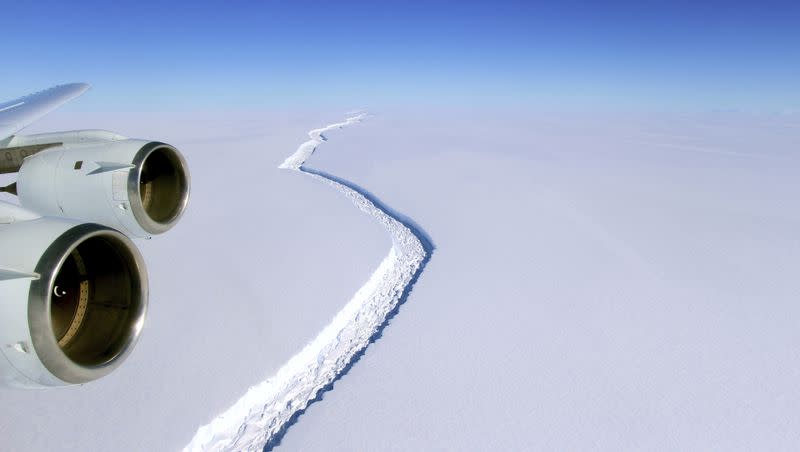Video: Why did Norse Atlantic Airways land a Boeing 787 Dreamliner in Antarctica?

On Nov. 15, Norse Atlantic Airways broke a record, landing the largest plane to date in Antarctica.
The flight was headed to Troll research station in Queen Maud Land, Antarctica, and was contracted by the Norwegian Polar Institute and Aircontact, according to the American Journal of Transportation. The plane carried 12 tons of research equipment and 45 passengers. Among the passengers were Norwegian Polar Institute scientists and scientists from other countries headed to various research stations in Antarctica.
Did they make any stops?
Starting on Nov. 13 from Oslo, the capital of Norway, the jet stopped in Cape Town, South Africa. They spent 40 hours there before leaving for Troll Airfield, Antarctica.
The jet landed at 2 a.m. local time on a “blue ice runway,” which is nearly 10,000 feet long and 200 feet wide. Scientists from the Norwegian Polar Institute will be stationed in Jutulsessen.
The CEO of Norse Atlantic Airways, Bjørn Tore Larsen, said, “It is a great honor and excitement on behalf of the entire team Norse that we have achieved together a momentous moment of landing the first 787 Dreamliner.”
“In the spirit of exploration, we are proud to have a hand in this important and unique mission. It is a true testament to our highly trained and skilled pilots and crew, and our state-of-the-art Boeing aircraft,” he added.
A historic moment for Norse✈️The first ever @BoeingAirplanes B787 Dreamliner to land in Antarctica! We are incredibly honoured to be a part of this piece of history, marking a very special milestone for Norse. We would like to express our sincere gratitude to the Norwegian Polar… pic.twitter.com/i2V1ZQZFAe
— Norse Atlantic Airways (@flynorse) November 16, 2023
Why a Dreamliner?
Boeing Field Service Representative Paul Erlandsson explained why the 787 Dreamliner was the ideal plane to take on this expedition.
“The 787 Dreamliner stands out for its exceptional fuel efficiency, enabling a round-trip flight from Cape Town to Antarctica without the need for refueling,” Erlandsson said. “This not only ensures swift turnarounds but also significantly benefits the environment by eliminating logistical complexities of transporting, storing, and handling fuel in Antarctica.
“Paired with the aircraft’s impressive 150 cubic meters of cargo capacity distributed across three cargo holds, and a cargo loading system designed for easy handling of pallets and containers, the Dreamliner excels at meeting the demands of this mission.”

